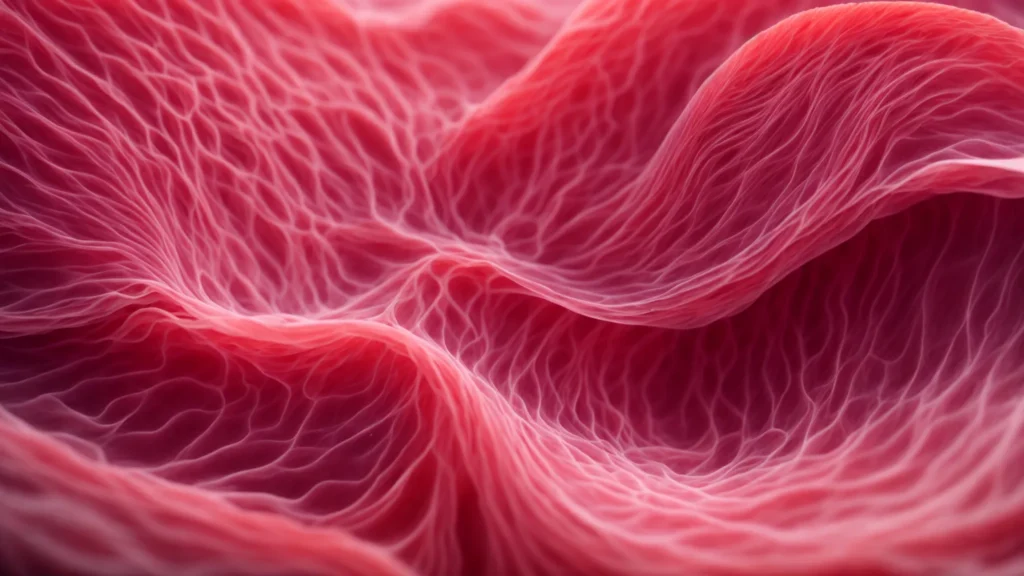Recent strides in medical research have uncovered the potential of Selective Androgen Receptor Modulators (SARMs), particularly RAD-140, also known as Testolone, in generating muscle tissue. These novel compounds could revolutionize treatment for muscle-wasting diseases and injuries by selectively targeting androgen receptors for improved muscle mass without the side effects associated with steroids. Learn the intricacies of RAD-140’s mechanisms, its biological role, and the ongoing discussions about its safety and efficacy below.
Unveiling the Mechanisms: How RAD-140 Influences Muscle Tissue Regeneration
Understanding how RAD-140 influences muscle tissue regeneration begins with its interaction with androgen receptors found within muscle cells. Unlike anabolic steroids, which have a shotgun-like effect on the body’s hormonal system, Testolone selectively targets specific tissues. This affords it the ability to promote muscle growth while minimizing the risk of the side effects typically associated with hormone therapy.
The compound works by binding to androgen receptors, initiating a cascade of protein synthesis and nitrogen retention, both crucial aspects of muscle repair and growth. Such precise control over muscle anabolism is what gives RAD-140 its highly regarded status among SARMs. The selective nature of its action allows for the tissue to regenerate and grow efficiently, while other tissues are left unaffected.
Binding to receptors in muscle tissues, RAD-140 stimulates an increase in muscle cell production and growth. This is achieved by increasing the levels of anabolic factors within the cells, which promote tissue regeneration and counteract muscle atrophy. It does so without adversely impacting the cardiovascular system or the liver, which are common concerns with traditional anabolic agents.
Data on RAD-140 shows improved lean muscle mass and it expedites the muscle repair process after injury or strain. This has made it a subject of interest for athletes and bodybuilders as well as medical researchers looking for treatments for muscle-wasting conditions. As further studies unfold, testolone RAD-140 research insights continue to promise potential therapeutic applications.
The Science of SARMs: Understanding RAD-140’s Role in Muscle Biology
At the molecular level, RAD-140’s key role in muscle biology is its selective modulatory effects. By acting on the androgenic pathways, it has the potential to influence muscle metabolism and promote growth factors important for muscle health. It has been shown to elicit a strong anabolic effect, one that surpasses many anabolic steroids, while avoiding the downregulation of natural testosterone production.
The targeted approach of RAD-140 promises to revolutionize muscle biology, offering a means to increase lean muscle without the accompanying water retention and fat accumulation. Supplements and therapies involving RAD-140 could also slow muscle deterioration, a key component for combating age-related sarcopenia. Athletes and the aging population benefit from it.
The biology behind muscle regeneration involves numerous signaling pathways and tissue-specific factors. RAD-140 has been found to have a profound effect on these, altering the signaling that leads to greater muscle endurance and recovery. The SARM enhances the size and quality of muscle fibers, which improves overall muscle function without impacting the hormonal balance of other tissues.
In essence, the unique properties of RAD-140 in muscle biology are attributed to its anabolic to androgenic ratio, which is substantially more in favor of muscle tissue growth over other side effects. Further exploration into the biological implications of RAD-140 could lead to groundbreaking therapies that manage to fill the gap where traditional treatments have been suboptimal.
RAD-140 and Muscle Repair: Decoding the Anabolic Processes
The anabolic processes induced by RAD-140 are central to its role in muscle repair. These processes mimic the effects of testosterone in the body, thereby enhancing muscle mass, strength, and recovery rate. RAD-140 has been shown to significantly increase the protein synthesis rate within skeletal muscle, a vital component for muscle repair and hypertrophy.
The optimization of energy use in muscle cells is another crucial aspect RAD-140 influences. It encourages the muscle cells to utilize glucose more efficiently, leading to improved endurance and performance during physical activities. This is particularly beneficial for athletes who require consistent and high-level outputs for their training and competition demands.
Additionally, RAD-140 plays a role in muscle fiber repair by maintaining a positive nitrogen balance in muscle cells, a condition where muscle synthesis exceeds muscle breakdown. This state is essential for muscle repair and represents the body’s readiness to build and repair muscle tissue, especially following strenuous exercise that causes micro-tears in the muscle fibers.
Overall, the future of RAD-140 as a therapeutic modality looks promising, with ongoing studies revealing more about its selective action in tissue regeneration and potential applications in medicine. Therapeutic insights continue to emerge, shedding light on this novel compound’s unique role in muscle biology and beyond.

